Rising Energy Efficiency Standards
The Solar Reflective Glass Market is experiencing a notable surge due to the increasing energy efficiency standards mandated by various regulatory bodies. Governments are implementing stringent regulations aimed at reducing energy consumption in buildings, which has led to a heightened demand for energy-efficient materials. Solar reflective glass, known for its ability to minimize heat absorption and enhance thermal performance, aligns well with these standards. As a result, the market is projected to grow significantly, with estimates suggesting a compound annual growth rate of over 8% in the coming years. This trend indicates a shift towards sustainable building practices, where solar reflective glass plays a crucial role in meeting energy efficiency targets.
Growing Demand for Sustainable Construction
The Solar Reflective Glass Market is benefiting from the escalating demand for sustainable construction practices. As environmental concerns gain prominence, architects and builders are increasingly opting for materials that contribute to energy conservation and reduced carbon footprints. Solar reflective glass not only enhances the aesthetic appeal of buildings but also provides substantial energy savings by reflecting solar radiation. This dual advantage is likely to drive its adoption in both residential and commercial projects. Market data suggests that the use of solar reflective glass can lead to energy savings of up to 30%, making it an attractive option for developers aiming to achieve green building certifications.
Technological Innovations in Glass Manufacturing
Technological advancements in glass manufacturing are significantly influencing the Solar Reflective Glass Market. Innovations such as low-emissivity coatings and advanced glazing techniques have enhanced the performance characteristics of solar reflective glass. These technologies improve the glass's ability to reflect solar energy while maintaining visibility and aesthetic qualities. As manufacturers continue to invest in research and development, the market is likely to witness the introduction of more efficient and cost-effective products. This trend is expected to attract a broader customer base, including commercial and residential sectors, thereby propelling market growth. The integration of smart technologies in glass products further indicates a promising future for the industry.
Increased Urbanization and Infrastructure Development
The Solar Reflective Glass Market is poised for growth due to the rapid urbanization and infrastructure development occurring in various regions. As cities expand, there is a rising need for modern buildings that incorporate energy-efficient solutions. Solar reflective glass is increasingly being utilized in high-rise buildings, commercial complexes, and public infrastructure projects. This trend is supported by market data indicating that urban areas are projected to account for over 70% of the global population by 2050. Consequently, the demand for solar reflective glass is expected to rise, driven by the need for sustainable and energy-efficient building materials that can withstand urban heat island effects.
Consumer Awareness and Preference for Energy-Efficient Products
The Solar Reflective Glass Market is witnessing a shift in consumer preferences towards energy-efficient products. As awareness regarding climate change and energy conservation grows, consumers are actively seeking building materials that contribute to sustainability. Solar reflective glass, with its ability to reduce cooling costs and enhance indoor comfort, is becoming a preferred choice among homeowners and businesses alike. Market Research Future indicates that consumers are willing to invest in energy-efficient solutions, which is likely to drive the demand for solar reflective glass in the residential sector. This trend reflects a broader societal movement towards environmentally responsible choices, further solidifying the market's growth trajectory.


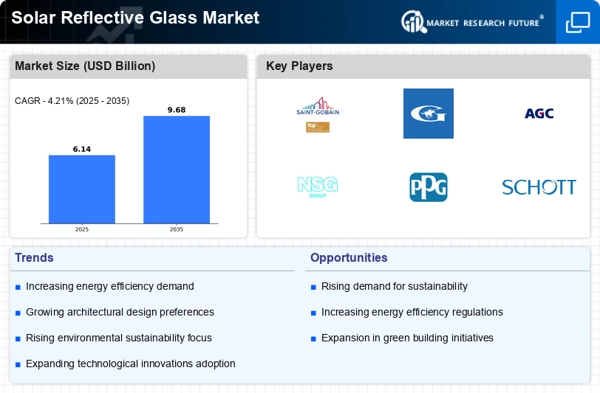

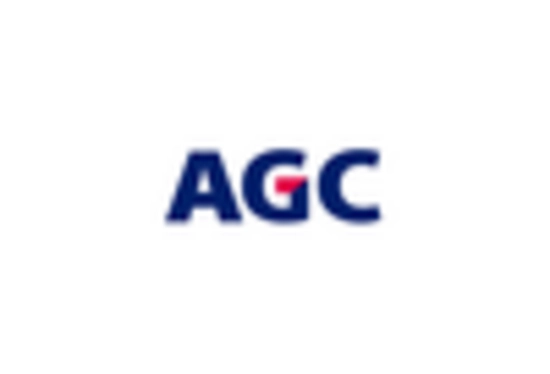
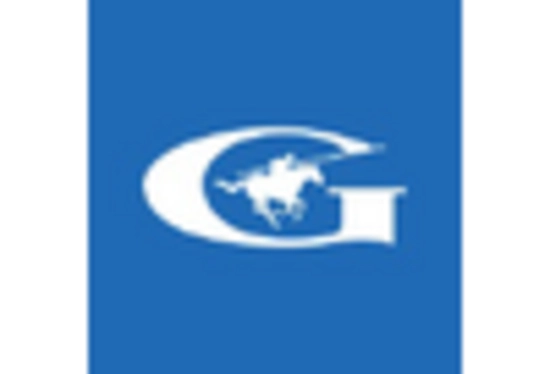
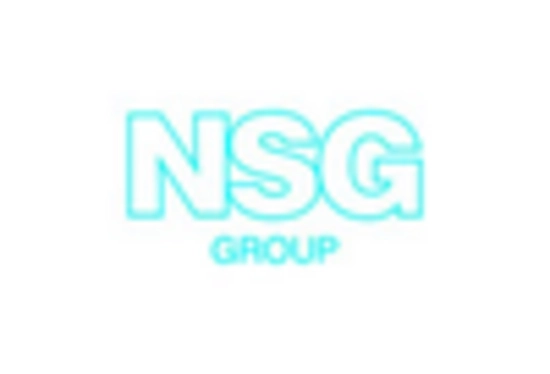


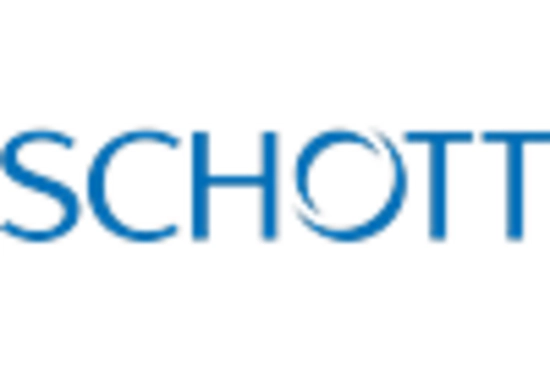








Leave a Comment